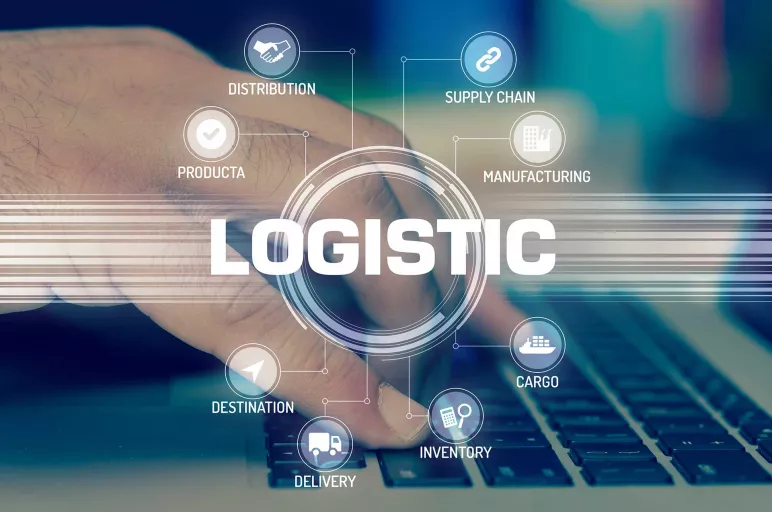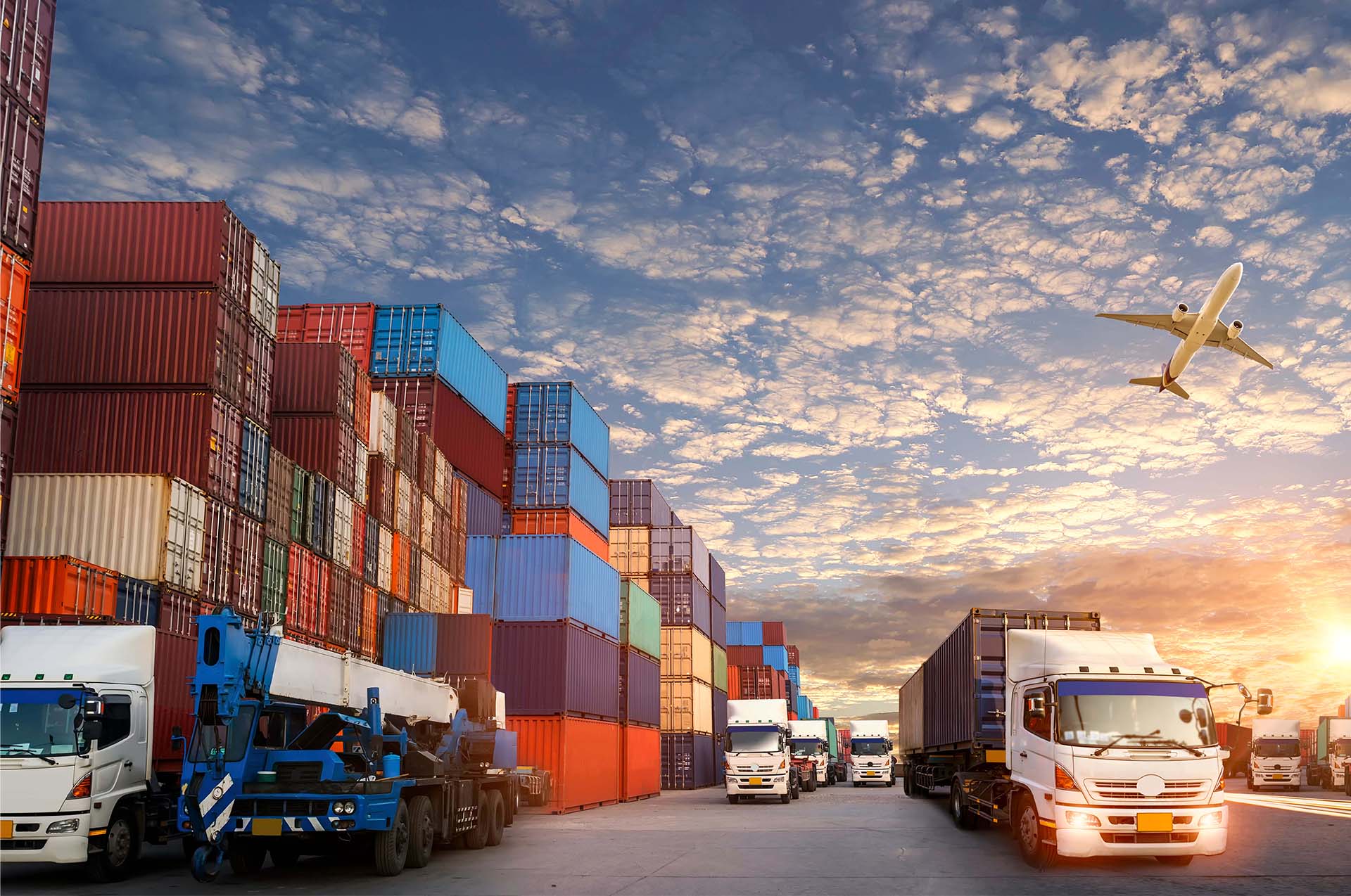Analyzing the Cost Competitiveness of Cambodia’s Logistics Services
Cambodia’s strategic location in Southeast Asia positions it as a rising player in regional logistics. Over the past decade, the country has made considerable investments in transport infrastructure, warehousing facilities, and trade facilitation reforms. However, to compete effectively in an increasingly interconnected region, Cambodia’s logistics sector must not only improve in efficiency—but also in cost competitiveness.
In this blog, we’ll explore the cost structure of Cambodian logistics services, compare it with regional peers, identify key challenges and cost drivers, and discuss how businesses can take advantage of Cambodia’s evolving logistics ecosystem.
The Strategic Importance of Cost Competitiveness in Logistics
Cost competitiveness is one of the most decisive factors in logistics. It directly impacts a country’s attractiveness for manufacturing, exporting, and foreign direct investment (FDI). Efficient and affordable logistics can significantly reduce total landed costs, making Cambodia an appealing destination for companies seeking alternatives to more expensive markets like China or Vietnam.
Cambodia’s logistics costs have historically been higher than regional averages, but reforms and infrastructure investments are gradually changing this landscape.
Breaking Down the Cost Components of Cambodian Logistics
According to a World Bank logistics performance index (LPI), Cambodia has improved over the years, but still faces high transportation, customs clearance, and warehousing costs.
1. Transportation Costs
Transportation is the largest component of logistics costs in Cambodia. Several factors contribute to this:
-
Fuel prices: Cambodia has some of the highest fuel prices in the region due to limited domestic refining capacity and high import taxes.
-
Road infrastructure: While major highways have improved (e.g., Phnom Penh-Sihanoukville Expressway), rural connectivity remains a challenge, increasing time and fuel consumption.
-
Port costs: The Sihanoukville Autonomous Port (SAP) remains the country’s primary seaport. However, its handling costs and limited capacity often compel businesses to rely on ports in neighboring Vietnam or Thailand, raising cross-border transportation costs.
2. Warehousing and Cold Chain Costs
Warehousing costs in Cambodia are generally higher due to:
-
Limited availability of Grade A warehouse facilities, especially near key economic zones.
-
Lack of standardization and automation.
-
High energy costs, especially for cold storage, which is essential for food and pharmaceutical exports.
While there is growing interest in smart warehousing and cold chain investments, the costs remain a barrier for small and medium enterprises.
3. Customs and Administrative Costs
Customs clearance procedures in Cambodia have improved with the adoption of the ASYCUDA system and digital submissions. However, some businesses still report informal fees and inefficiencies at border checkpoints.
These administrative burdens contribute to overall cost inflation, especially for time-sensitive goods.
Regional Comparison: How Does Cambodia Stack Up?
Let’s look at how Cambodia compares to its regional peers in terms of logistics costs (based on recent estimates from the Asian Development Bank and private logistics surveys):
| Country | Logistics Cost as % of GDP | Average Container Transport Cost (Port to Factory) |
|---|---|---|
| Cambodia | 20-25% | $350–$500 |
| Vietnam | 14–17% | $250–$300 |
| Thailand | 12–15% | $200–$250 |
| Indonesia | 23–26% | $350–$450 |
Key takeaway: Cambodia’s logistics costs are higher than Vietnam and Thailand, but comparable to Indonesia. The goal is to reduce logistics costs to below 20% of GDP, making the country more competitive for global trade and regional integration under frameworks like the Regional Comprehensive Economic Partnership (RCEP).
What’s Driving High Logistics Costs in Cambodia?
1. Fragmented Supply Chains
Many supply chains in Cambodia are highly fragmented, with limited coordination between shippers, transporters, customs, and warehouse operators. This results in longer lead times and duplication of logistics efforts.
2. Lack of Intermodal Transport
Cambodia lacks efficient rail and inland waterway systems. The heavy reliance on trucks increases per-unit logistics costs, especially for bulk goods.
3. Limited Use of Logistics Technology
Digitalization in logistics is still in its infancy. Most local logistics companies still operate with manual systems, resulting in inefficiencies, data blind spots, and added costs.
Efforts to Reduce Logistics Costs in Cambodia
1. Infrastructure Investments
The Cambodian government, with support from China’s Belt and Road Initiative and the Asian Development Bank, has been actively investing in infrastructure:
-
Ongoing upgrades to national highways and port facilities
-
Planned railway modernization projects linking Cambodia with Vietnam and Thailand
2. Logistics Policy and Trade Facilitation
Cambodia’s National Logistics Master Plan (NLMP) aims to:
-
Improve intermodal connectivity
-
Reduce border bottlenecks
-
Encourage public-private partnerships (PPP) for logistics investments
Read more about local logistics and trade support services here: Cambodia-Agent.com – Logistics Services in Cambodia
3. Private Sector Innovation
Cambodia’s private logistics sector is innovating with:
-
New smart warehouse parks in Phnom Penh SEZ
-
Digital freight platforms like TADA, providing route optimization and real-time tracking
-
Investments in cold chain solutions for agricultural exporters
Opportunities for Businesses: How to Optimize Your Logistics Strategy in Cambodia
While logistics costs are still relatively high, strategic planning and local partnerships can help businesses reduce their burden. Here’s how:
-
Work with local sourcing agents to reduce procurement lead times – Explore Sourcing Services
-
Choose warehouse locations near SEZs to reduce handling and customs costs.
-
Utilize third-party logistics (3PL) providers with regional integration capabilities.
-
Stay informed on government incentive programs, especially for export-focused firms.
Conclusion: Cambodia’s Logistics Is Improving—But Cost Optimization Remains Key
Cambodia is on the cusp of logistics transformation. With strategic investments, trade facilitation policies, and digital innovation, the country is becoming increasingly cost-competitive. However, challenges remain—and businesses must take a proactive approach in navigating the evolving logistics landscape.
To successfully tap into Cambodia’s potential, partner with experts who understand the local market. Learn more about how we support efficient logistics strategies at Cambodia-Agent.com.

